The cycle BOOM project is about how our environment and technologies work together to help or hinder peoples’ mobility. Tim Jones and I have been exploring these issues with Year 9 and 10 Design and Technology students from our neighbouring Cheney School.
The first challenge for the students was to re-design the environment of east Oxford’s London Road (this road runs through the centre of Headington and nearby is the local landmark, ‘The Headington Shark’). They started by doing an analysis, in groups, of the street space; this was captured in the form of mind-maps which the students brought with them to the University. At Brookes, they were also able to spend some time looking at the stunning 2-D and 3-D designs in the Oxford Brooke’s School of Architecture End of Year Show. We talked with them about the work of architects and urban designers, the design process and the variety of ways used to communicate ideas.
The plan was for the students to make a collage representing their proposals for a utopian London Road of the future. In preparation, Tim spoke briefly to them about Re-imagining the street. This introduced ideas about the effect of motorised transport on the design and use of cities: the use of resources, land use, pollution, safety for car and non-car users, health and opportunities for social contact. The ways in which urban environments were designed, and had changed over time, were related to some innovative approaches to designing different types of streets – from the Home Zone to Kensington High Street. Then it was time for the students to hone their visions for London Road and start to harvest imagery from magazines. With more hard work back at the school the students refined their proposals for inclusion in their own Design and Technology End of Year Show. These included great ideas for improving the street environment – opening up the park, greening the street, restricting motorised traffic, improving other mobility choices and enhancing local distinctiveness.
“I think the students got a lot from the brief course, it encouraged them to look more closely at their surroundings, consider why the urban environment is the way it is and what they might do to change the world around them” reflected their Design and Technology teacher, Stuart Dashwood.
The second challenge for the students was redesigning the Raleigh Motus E-bikes which are being used in cycle BOOM’s wellbeing trial. Taking two bikes onto the sunny school playing fields the students assessed them in a number of ways. They carefully observed the bikes and asked questions about ergonomics, aesthetics, function and user types before hearing about some previous research on users experiences of E-bikes. Then they got to ride the E-bikes, testing their speed, acceleration and manoeuvrability. This was all brought together by carrying out a Strengths, Weaknesses, Opportunities and Threats (SWOT) analysis (as spotted in the Architecture End of Year Show).
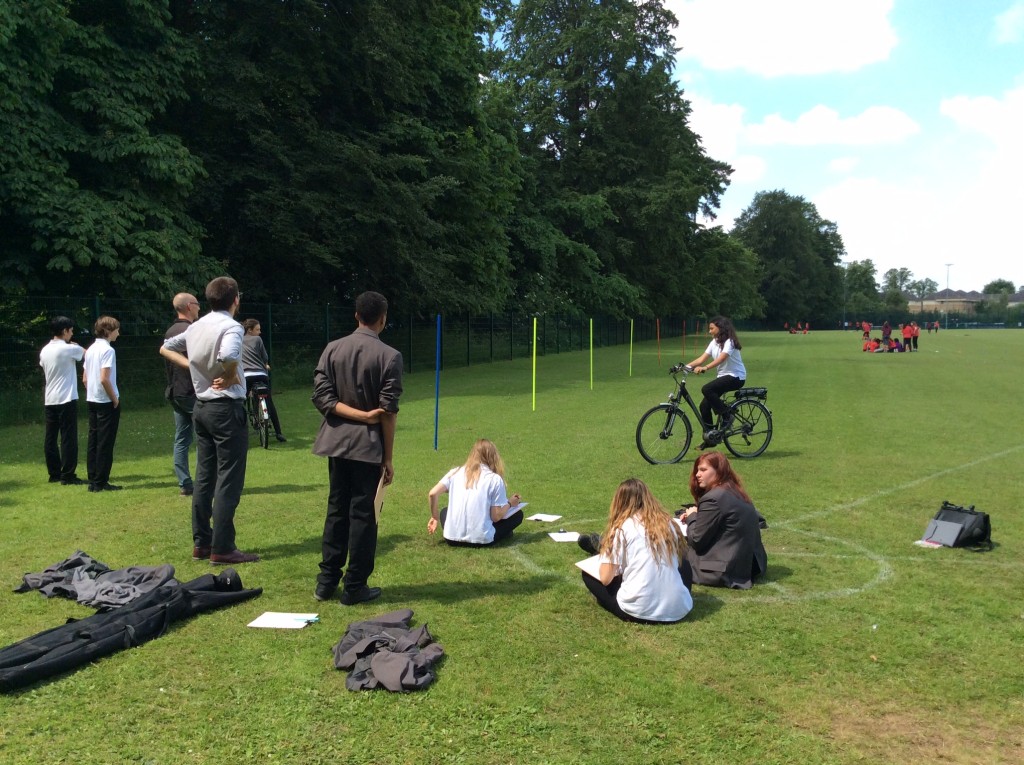
E-bikes on Cheney School playing fields: “we rode them to see how they worked and what it was like to use them and thought about how to make them better” (Ellen Smart)
| STRENGTHS | WEAKNESSES |
|
|
| OPPORTUNITES | THREATS |
|
|
Combined SWOT analysis by students
The understanding of potential for further development was well articulated by Harvey Walton “It was great to see how designs are changing over time… The [E-] bike was heavy and expensive but… in the future E-bikes will be affordable for everyone”. The students are now working on their designs and we’re looking forward to seeing what innovative ideas they come up with.
Commenting on the project Lana Paginer said “The E-bike project was extremely fun, interesting and educational… I found it really interesting to see how bikes are designed and what features make them better”.
Over the two phases of the project the students deepened their appreciation of issues relating to designing for mobility. This was both in terms of the physical design of urban spaces and the potential of technologies, including e-bikes, that can support cycling into older age. Perhaps these young designers will become involved with the 8-80s Cities movement that creates public places for all – where design for older mobilities also enhances younger mobilities.
Ben Spencer is a Research Assistant on the cycle BOOM research project at Oxford Brookes University. Contact him at bspencer@brookes.ac.uk
Many thanks to the inspiring and hard-working students at Cheney School and to their teacher Stuart Dashwood – we are looking forward to doing further projects with the school next year.
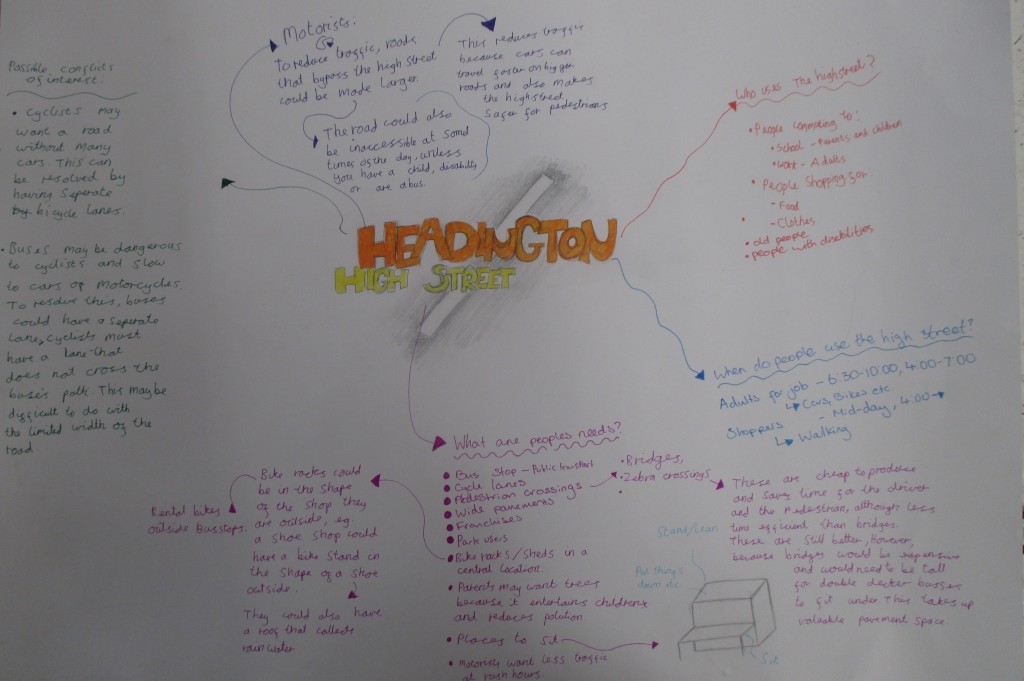
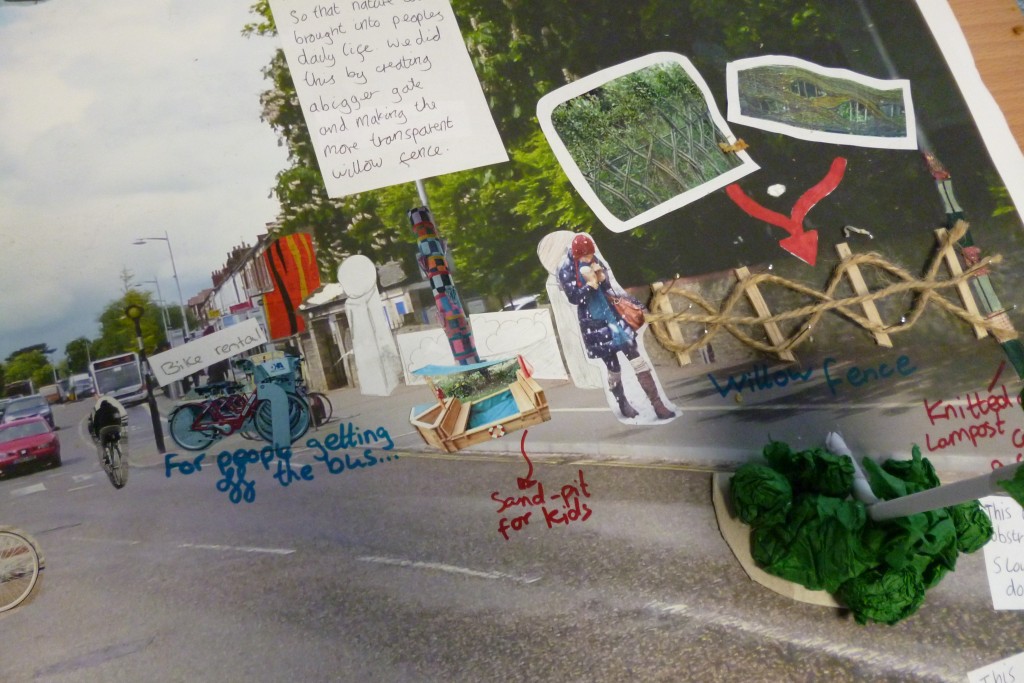
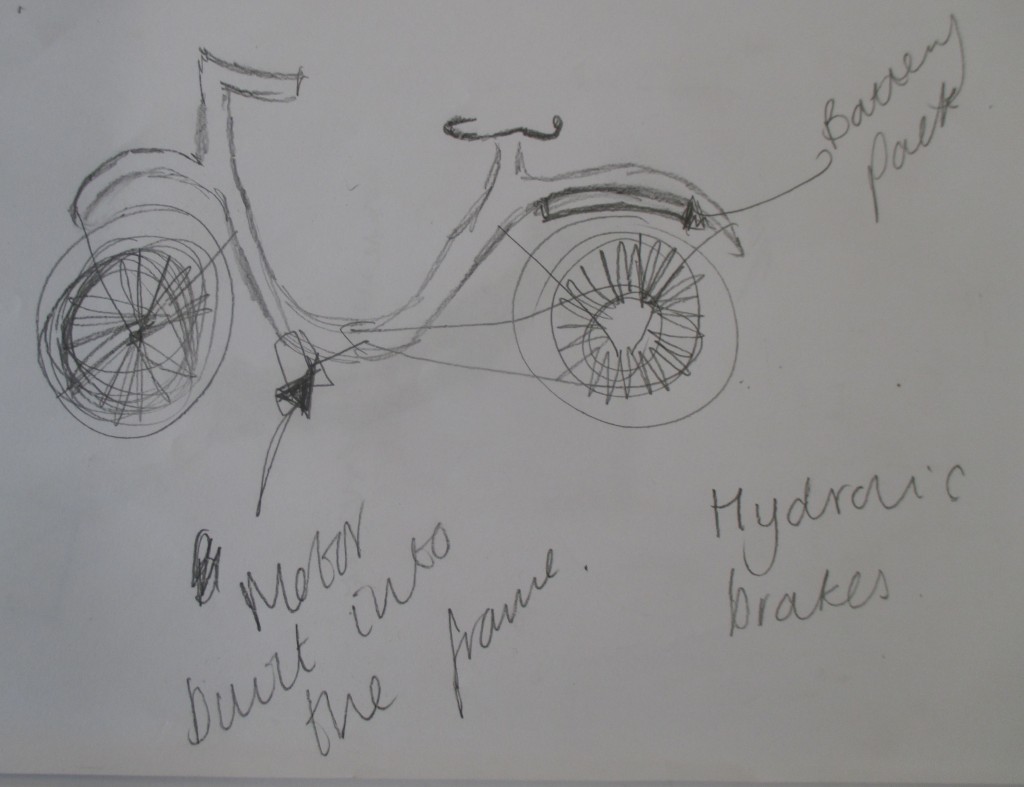
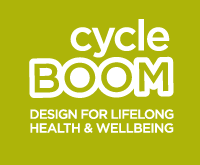
Leave a Reply